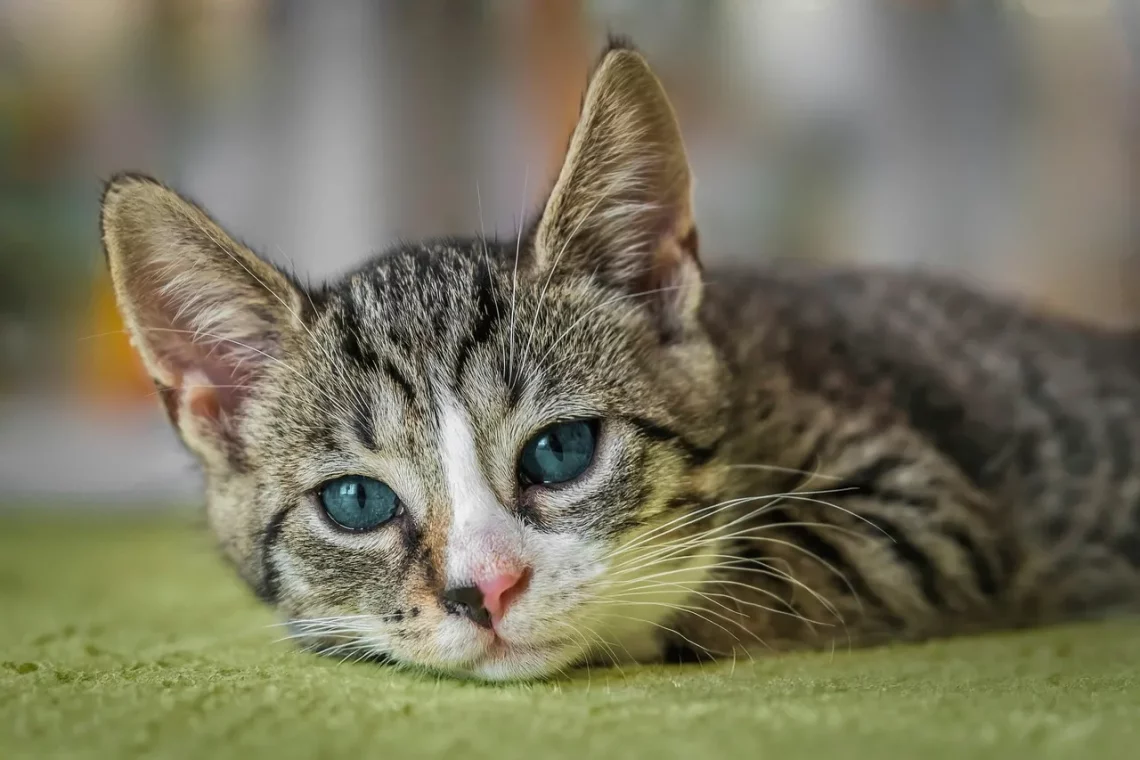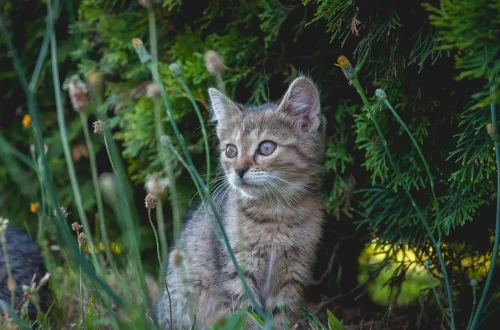
The Word for Cat in Different Languages Around the World
Cats have been companions to humans for thousands of years, captivating our hearts with their playful antics and mysterious behaviors. As one of the most popular pets worldwide, the domestic cat has inspired not just a deep bond with humans but also a rich variety of cultural interpretations and linguistic representations. The way we refer to this enigmatic creature reflects not only our relationship with them but also the unique histories and traditions of different cultures. From ancient civilizations that revered them as deities to modern households where they are cherished members of the family, the word for “cat” can tell us much about how societies perceive these animals.
As we explore the term “cat” across various languages and cultures, we uncover the fascinating diversity that exists in our shared human experience. The nuances in pronunciation, spelling, and cultural significance provide insights into how language evolves alongside society. Furthermore, this exploration helps us appreciate the universal nature of our affection for felines, bridging gaps between different peoples and traditions. In this journey, we will delve into the words for “cat” in a selection of languages, revealing not just the sounds but also the stories and cultural contexts behind them.
Understanding the Cultural Significance of Cats
Cats hold a special place in many cultures around the world. Their presence has been documented in ancient civilizations, often associated with mystery and independence. In Egypt, for example, cats were revered and even worshipped as sacred animals. The goddess Bastet, depicted as a lioness or as a woman with a lioness’s head, symbolized home, fertility, and domesticity. This reverence for cats translated into the language, where the word for cat, “miu,” reflects their importance in daily life and spirituality.
In contrast to the ancient Egyptians, some cultures have historically viewed cats with suspicion. In medieval Europe, cats were often associated with witchcraft and superstition. The term for “cat” in various European languages reflects these complex feelings. For instance, the word “chat” in French and “Katze” in German, while simply translating to “cat,” carries with it the lingering shadows of their historical association with the supernatural.
Today, cats are beloved companions in many households, providing comfort and companionship. The global spread of the term “cat” in various languages signifies not just the animal itself but also the bond shared between humans and felines. This cultural significance highlights the important role that language plays in shaping our understanding of animals and their place in our lives.
Diverse Linguistic Expressions for ‘Cat’
The diversity of languages around the world gives rise to a fascinating array of terms for “cat.” Each language encapsulates its own unique sounds and phonetic structures, reflecting the characteristics and cultural nuances of the speakers. For instance, in Spanish, the word for cat is “gato,” which is derived from Latin. This term is widely used across Spanish-speaking countries and showcases the influence of Latin on the Romance languages.
In contrast, the Japanese word for cat, “neko,” is pronounced with a soft, melodic tone that mirrors the gentle nature of the animal itself. Japanese culture has a deep appreciation for cats, evident in the popularity of “maneki-neko,” or the beckoning cat figurine, believed to bring good luck. The term “neko” not only refers to the animal but also embodies a cultural phenomenon that celebrates their charm and significance.
Moving to the Arabic language, we find the word “قط” (pronounced “qit”). This term has its roots in the ancient Arabic dialects and reflects the long-standing relationship between cats and humans in the Arab world. Cats have been cherished for their companionship and their ability to control pests, making them valued members of many households.
These examples illustrate the rich tapestry of linguistic expressions for “cat” across different cultures. Each word not only serves as a label for the animal but also offers a glimpse into the values, beliefs, and histories of the people who use it. Understanding these terms allows us to appreciate the diversity of human experience and the universal love for cats that transcends language barriers.
The Evolution of the Word ‘Cat’ Through History
The word “cat” has a fascinating etymological journey that reflects the animal’s evolution in human society. The English word “cat” is derived from the Latin “cattus,” which itself comes from the Greek word “katta.” This lineage traces back to the earlier Egyptian word “caute,” indicating the deep historical roots of our relationship with these animals.
Throughout history, the domestication of cats has played a crucial role in shaping the terminology associated with them. As humans transitioned from nomadic lifestyles to settled agriculture, the presence of cats became increasingly beneficial for controlling rodent populations in grain storage areas. This practical relationship led to a greater appreciation of cats, and consequently, the words used to describe them evolved alongside societal changes.
In medieval Europe, as literature and the arts flourished, so did the language surrounding cats. Cats became prominent figures in folklore and literature, inspiring various terms and expressions. The word “pussycat,” for instance, emerged during this time as a term of endearment, reflecting the affection people felt toward these animals. Similarly, the phrase “cat’s whiskers” developed as a way to describe something highly regarded or fashionable, emphasizing the cultural significance of cats in society.
Today, the word “cat” is universally recognized, yet its etymological roots remind us of the rich history that underpins our language. The evolution of this term serves as a testament to the enduring bond between humans and cats, showcasing how language adapts and transforms in response to cultural shifts and shared experiences.
Global Variations: How Different Cultures Name Cats
Exploring the global variations in naming cats reveals the intricate connections between language, culture, and the human-animal bond. In Russia, the word for cat is “кот” (pronounced “kot”). This term is commonly used and reflects the affectionate attitude Russians have toward their feline companions. The cultural significance of cats in Russia can be seen in various folk tales and traditions, where they are often portrayed as wise and protective creatures.
In contrast, in the Hindi language, the word for cat is “बिल्ली” (pronounced “billi”). Cats hold a special place in Indian households, often associated with good fortune and prosperity. The name itself has a melodic quality that mirrors the playful and graceful nature of cats. In Indian culture, cats are often seen as symbols of independence, which is reflected in the language and the way people relate to these animals.
Another interesting example comes from the Swahili language, where the word for cat is “paka.” In many East African cultures, cats are valued for their ability to control pests, and they are often kept as guardians of food supplies. The term “paka” encapsulates the practical role that cats have played in these communities while also expressing the affection people have for them.
These global variations in naming cats highlight how different cultures interpret and relate to these animals. Each term carries its own unique connotations and cultural significance, showcasing the diversity of human experiences and the universal love for cats that transcends geographical boundaries.
In conclusion, the word for “cat” in different languages serves as a fascinating reflection of our shared human experience. From ancient reverence to modern companionship, the linguistic variations reveal the cultural significance and the evolving relationship we have with these beloved animals. Through this exploration, we gain insight not only into the words we use but also into the rich tapestry of stories, beliefs, and values that shape our understanding of cats around the world.




